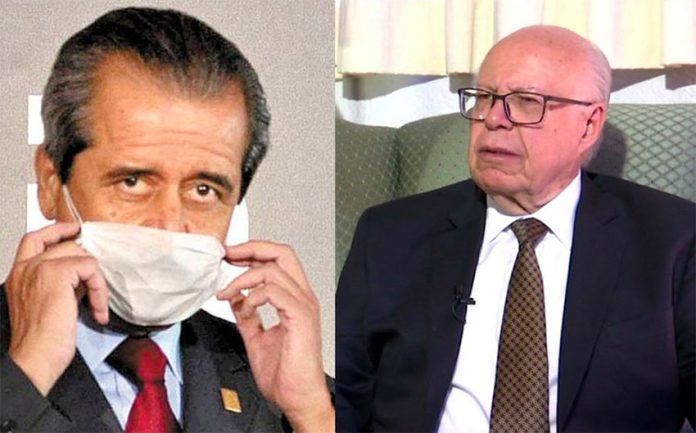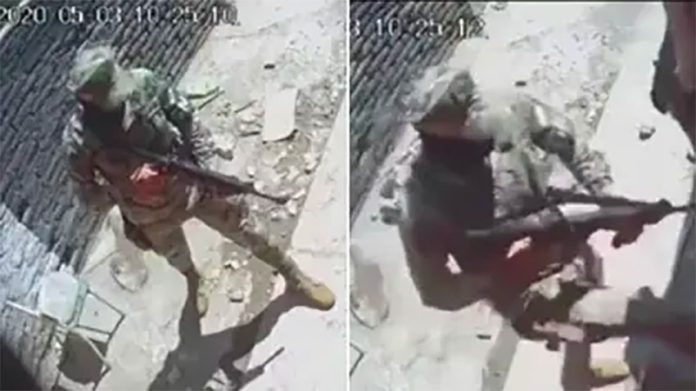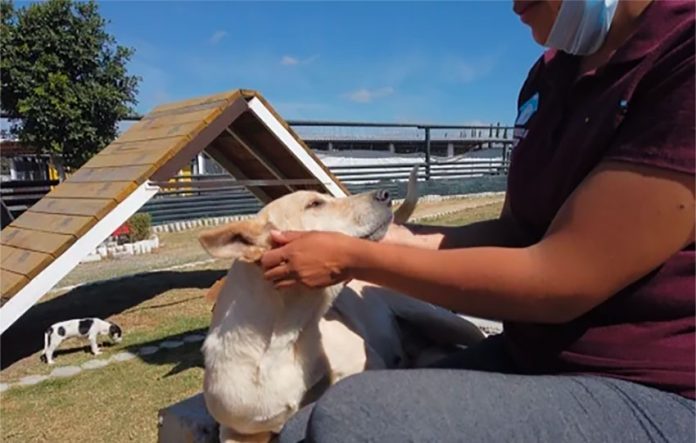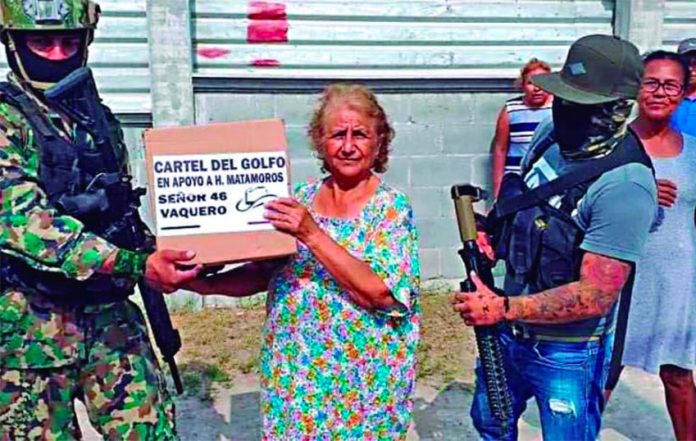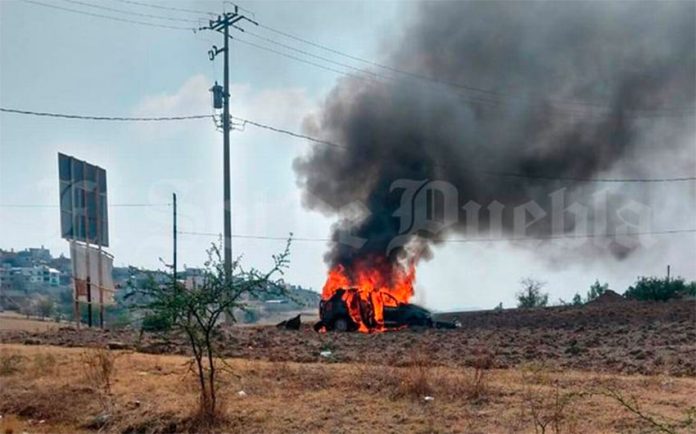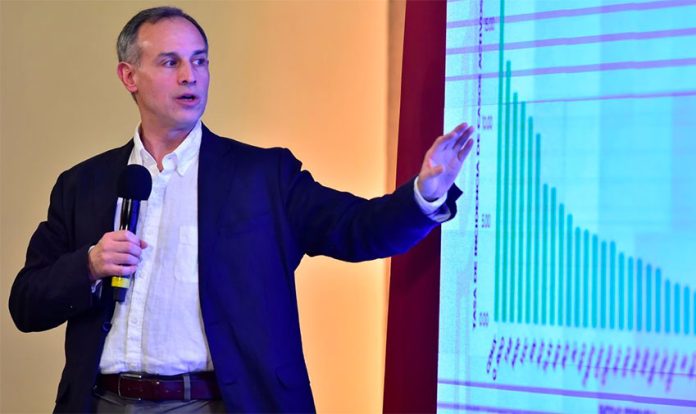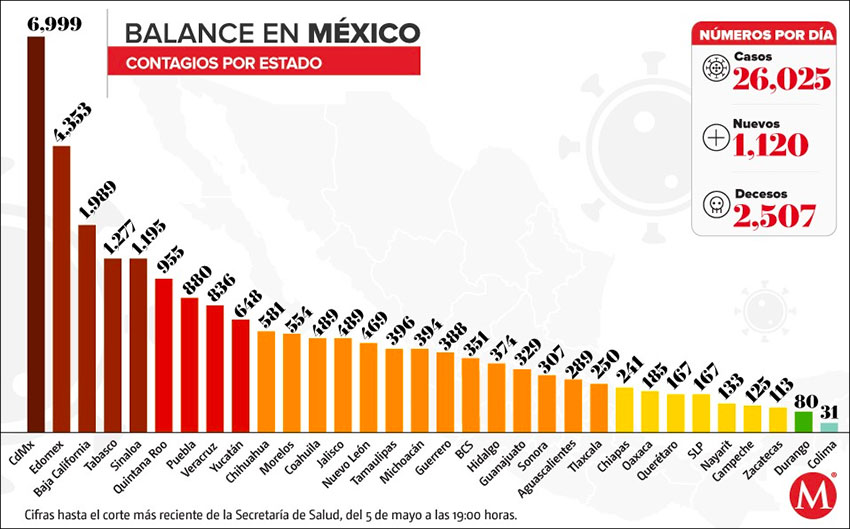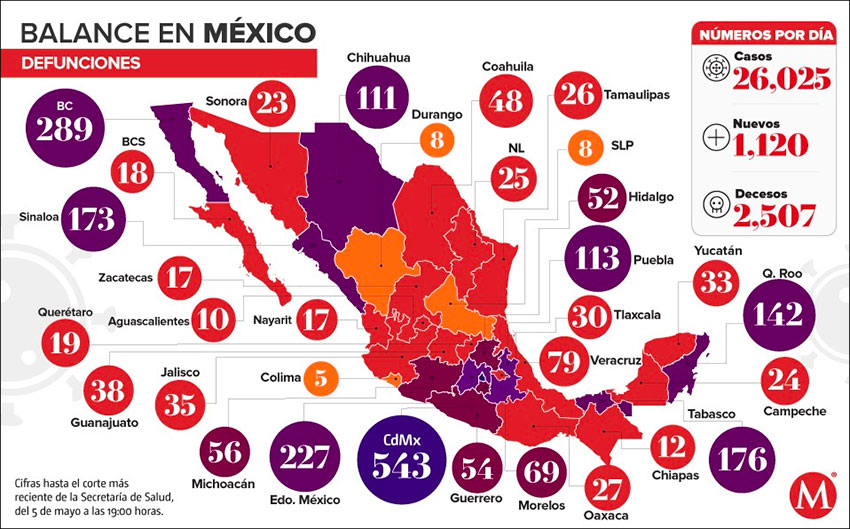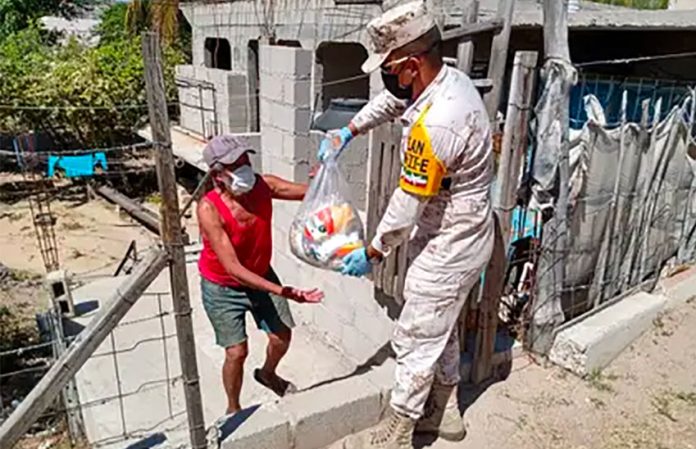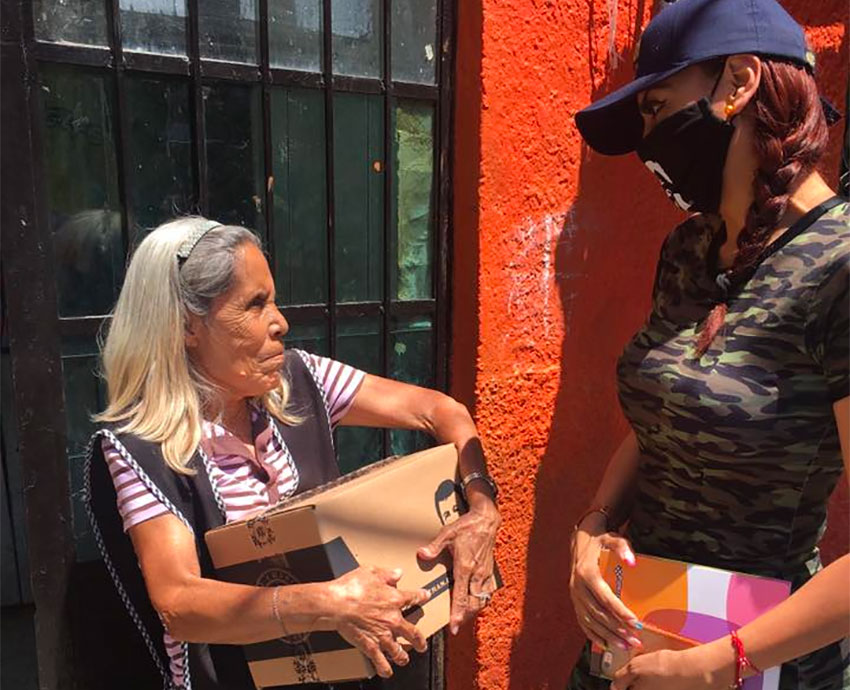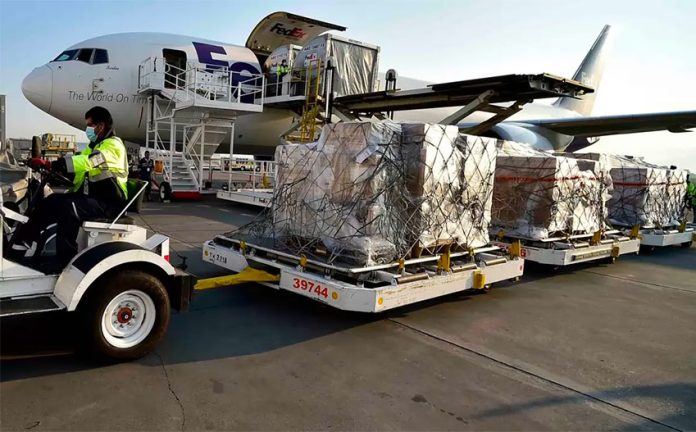The federal government’s coronavirus predictions are “completely invalid,” according to one former health minister, while another described its Covid-19 statistics as “almost irrelevant.”
José Narro Robles, health minister during the second half of former president Enrique Peña Nieto’s term, claimed that it is the second time that Deputy Health Minister Hugo López-Gatell has made mistakes in calculating the prevalence of an infectious disease. The deputy minister was also a federal health official during the 2009 swine flu pandemic.
“Dr. López-Gatell’s statistics are wrong once again. They were wrong in 2009 and they’re wrong in 2020,” Narro said.
The former health minister said the government has failed to perform sufficient tests to have an idea of the “reality of the course of the epidemic.”
By not testing widely, the government has failed to detect many people who are infected and thus missed an opportunity to avoid the transmission of the coronavirus, Narro said.
Without reliable case numbers, it is not possible to measure accurately the effectiveness of the steps put in place to contain the virus or to estimate what is going to happen, he said.
López-Gatell said on Tuesday that the peak of Covid-19 transmission would be this Friday after previously predicting that the peak would be today.
But according to Narro, the estimates offered by health authorities are “completely invalid.”
He charged that in not testing widely for Covid-19, the government has made the same mistake as that made by the administration led by former president Felipe Calderón during the swine flu pandemic.
For his part, Calderón’s health minister between 2006 and 2011 predicted that without wider coronavirus testing, there will be an even worse Covid-19 outbreak when restrictions – currently scheduled to expire at the end of May – are lifted.
“We want to go back to work,” said José Ángel Córdova Villalobos, but before that happens widespread testing needs to occur to ensure that people infected with Covid-19 but who have no symptoms don’t spread the disease.
“Tests are essential, … [if] we start doing normal activities the risk of a new outbreak – and the World Health Organization said this – could be very high,” he said. “We’ll lose … a lot of what we’ve gained.”
Córdova said that the coronavirus predictions and cases numbers presented by the Health Ministry “give the impression” that the authorities are only interested in acknowledging “controllable figures” rather than “accepting that there might be many more cases.”
It appears that there is scant interest on the part of the government to know the real number of Covid-19 cases, Córdova charged, adding that having so many suspected cases of Covid-19 – there were more than 16,000 as of Tuesday – is “very questionable.”
“If I have a suspected case, it’s because [the person] has symptoms: if he has symptoms, I do the test and if I do the test there are no doubts anymore. [The case] is not suspected, it’s confirmed or dismissed,” Córdova said.
“All these inconsistencies make one begin to doubt the validity of the figures. … Up to this time, I believe that they are almost irrelevant, … we can no longer believe that they are true. The only real figures will be those of hospitalized patients … and the number of deaths,” he said before adding:
“But they’re also leaving some [deaths] out, I don’t mean intentionally, but cases labeled as atypical pneumonias, … many of them were most probably due to coronavirus.”
The Health Ministry last month presented estimates of case numbers based on the sentinel epidemiological surveillance system. They indicated that there were about eight undetected Covid-19 cases for each confirmed one.
However, López-Gatell said this week that the system is no longer the principal means of measuring the pandemic because it was no longer practical, given the higher rapidity with which new cases are occurring.
Source: Milenio (sp)
